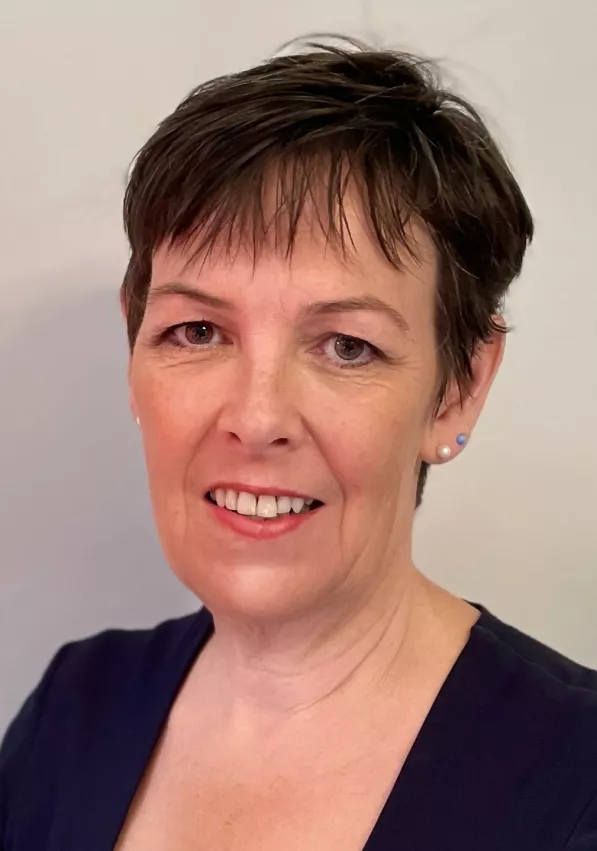
Update, 26 June 2025 - We have now published an information and updates pages about the assessment review.
Time flies and Progress+ has now been our curriculum for nearly two years. Feedback from trainees and trainers has been positive and the GMC (General Medical Council) evaluation went well.
It has been exciting to see how the curriculum has been implemented, from the increased emphasis on mental health capabilities and shared learning with local CAMHS and public health colleagues to the introduction of integrated and community facing posts in core training.
We need...a joined-up exam and assessment structure that is fit for the future and sustainable without increasing the assessment burden
Beyond re-organising a three-level table into a two-level table, the assessment structure was not reviewed at the time. The MRCPCH Clinical exam is now at the end of Specialty Training level 4 (ST4) - after transition to the tier 2 rota and at entry to specialty level training - rather than at a more junior level. Therefore, a review of the exam and assessment structure is timely.
To misquote a famous election comment….I can hear the cries of ‘You’re joking….not another change’ from around the country. We appreciate that a small group of doctors in training has seen three curricula during their training (pre-2018, Progress in 2018 and Progress+ in 2023) and everyone finds the idea of change unsettling. But we need to put together a joined-up exam and assessment structure that is fit for the future and sustainable without increasing the assessment burden.
You may have heard that we in RCPCH have started a review. We have the training assessment review group and the clinical exam review group working in tandem, both informed by doctors in training, trainers and our college assessment and exam teams, as well as input from RCPCH &Us, which represents the voice of children and young people.
There are still many steps to go before this is rolled out - drawing up firm recommendations, piloting and getting GMC approval - but I wanted to share some of the early considerations.
In terms of assessment, the RCPCH has led the way over the last few years in reducing the number of mandatory assessment elements and of emphasising quality of assessments over quantity. This is something we want to continue, and we want the mandatory assessments we do have to be meaningful to doctors in training and to carry weight. The introduction of the Entrustment with Care Assessment Tool (ECAT) as an entrustable activity before moving to tier 2 working has been well received and extending it to specialty level training to gauge readiness for consultant level working is the natural next step. Entrustable activities look at a synthesis of capabilities in a real-world work environment, offering great opportunities for really useful feedback and giving doctors in training and trainers the confidence to progress to the next stage.
If we can reset the guidance around the use of [assessment] tools to help them to be delivered much more easily ‘on the job’ it will benefit everyone
For the rest of the assessment strategy, we want to make sure that it is mapped to the curriculum, that we retain a realistic number of mandatory assessments, while acknowledging doctors in training as adult learners, and that we make the development logs as useful as possible to map and evidence learning.
I am very aware that assessment tools are often used in a tick box fashion. We plan to retain the ‘no minimum number’ of Case based Discussion (CbD) and Mini Clinical Evaluation Exercise (Mini-CEX), but to make sure the emphasis of these tools is less about assessment and more about true formative learning: supervised learning events as they are meant to be. We hear that with increasing pressures on the clinical teams, ad hoc teaching on ward rounds and in clinic is harder to fit in. If we can reset the guidance around the use of these tools to help them to be delivered much more easily ‘on the job’ it will benefit everyone.
The MRCPCH Clinical exam is now being taken at a time when doctors in training are already on the tier 2 rota. Its position towards the end of core training, means that it is looking at a doctor’s readiness to take on more senior and specialised training. The current emphasis of an exam which tests good clinical examination skills no longer seems so appropriate. Clinical examination skills should be a focus for training and assessment on the job and much earlier in the training pathway. The clinical exam could then look at higher order capabilities and more realistic scenarios, to synthesise more complex or nuanced information and enable diagnosis, management and communication to be assessed.
The START assessment, taken towards the end of training, has been valued since its beginnings in 2012; the capabilities discussed in the stations were not always encountered during routine training and the assessment helped to drive learning. It’s good to know that things have moved on and many of those capabilities have now been introduced into Progress+, making them more prominent in training and becoming mandatory key capabilities.
We also know that there are difficulties with START. With the Deans and the regulator querying its centrally held component, the assessor feedback is not always seen as useful, and it is another cost to doctors in training (and School level funding for this is variable).
The professional discussions at the heart of this formative assessment, however, continue to be very valued, and so the important learnings from START are a key part of this review.
It will be important to pilot any changes properly...and address any unintended consequences...
As mentioned above, we are still a way off any definite changes and there are several important stages to go through. It will be important to pilot any changes properly, to make sure that we have thought through and addressed any unintended consequences of the changes and to ensure that our transition plans, communications and guidance are clear and to get GMC approval. We have discussions ongoing with many key stakeholders in our assessments and will have an open consultation.
In the meantime, the current assessment structure is the mandatory structure to be followed and until clear direction is given of what changes might be and when they apply from, they all assessments still apply.











